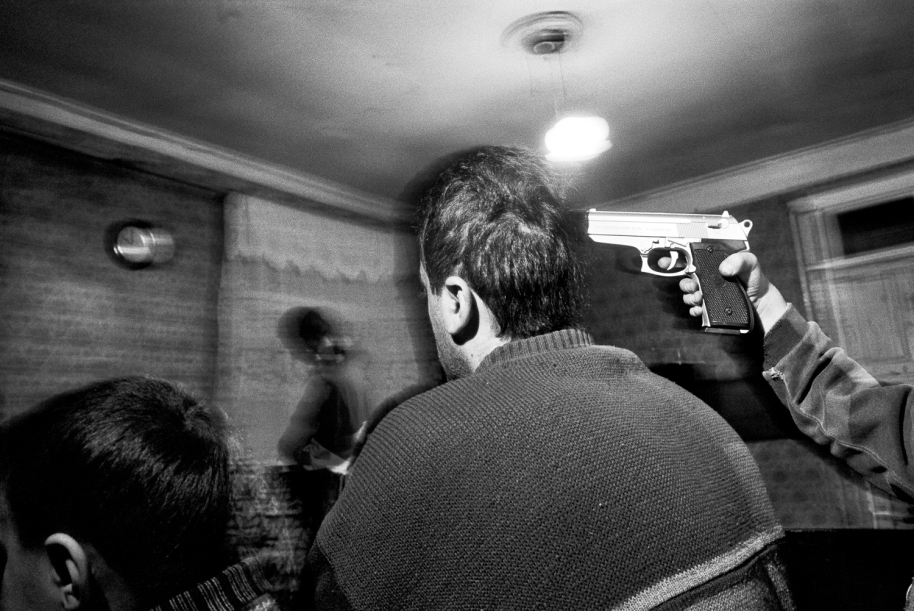
FatherLand: what war leaves behind
Ara OSHAGAN | Republic of Nagorno-Karabagh
Photographer: Ara OSHAGAN
Exhibit Title: FatherLand: what war leaves behind
Location: Republic of Nagorno-Karabagh
From 1990-94, the Armenians of Nagorno-Karabagh in the Caucasus fought a fierce war with Azerbaijan. Long after the ceasefire of 1994, I made my first trip to the region in 1998, when the Armenians had already ceased control of nearly all of Nagorno-Karabagh and added large swaths of land previously part of Azerbaijan proper. They had begun a slow and painful rebuilding process amidst unrecognized political status and militarized borders. Part of my larger FatherLand project dealing with land and becoming, these images consider the long reach of war: the scars it leaves on the human and physical landscape long after hostilities have ended.
After a long hiatus, this past week, fighting between Nagorno-Karabagh and Azerbaijan flared up again on a large scale. These images now remind me of the horrifically cyclical nature of hatred and unresolved politics: 20 years on and the next generation of Azerbaijanis and Armenians are again at war.
FatherLand Project
My father died in June 2000.
A few years before that, he and I decided to embark on a project about Nagorno-Karabagh: a remote mountainous area next to Armenia. A region where the Armenians fought and won a fierce war of independence after the collapse of the Soviet Union. A region still with militarized borders and no political recognition. A place in transformation: the people, the land, the very way of life in political, social, existential upheaval. A place that is part of our distant homeland.
Until the nineties, neither one of us had stepped foot in that part of the Armenian homeland. Both our generations were born and came of age in the sprawling cities of the Armenian Diaspora: in Jerusalem, Paris, Beirut, Philadelphia, Los Angeles.
Before his passing, my father and I made one trip to Karabagh together, in 1999. It coincided with the birth of my first son. After his passing, I continued work on our project for another six years. And my every trip back marked a new birth for my family and I. The project spanned four births in all. And one death.
And so this project took on a further meaning. Upon that land of our forefathers—there for over three millennia—from within the people who were living that history, came a quest to find the father. Through the eyes and senses of the emerging father.
“Father Land” is a project about origins and identity. A project about a place and a people emerging out of a dark history, transforming, forging a new identity, searching for themselves and a new way of life. And also about a very personal becoming, an emergence.
Make Comment/View Comments